The Importance of a Basic Backup Strategy
Are you prepared with a basic backup?
It doesn’t always take someone malicious to hack your computer system, but regardless of the reason, if a business is shut down for any matter of time, revenue is lost. The first step in running any business is ensuring there are basic backup plans in place.
Picture this; a freak September snowstorm sends the city into panic. Tree branches are breaking from the weight of the snow, and one just happens to fall on the power line closest to your downtown office. The power goes out and your building is plunged into dark.
Power goes out, operations stop. All your files are now gone and without any way of getting them back, you’re starting at the bottom again.
When breaches occur, for any reason, operations and finance are the first things to be affected, and the network outages caused usually have long-lasting impact. Most businesses cannot come back from even three days spent at a standstill.
So what can you do?
By following the 3-2-1 rule, when it comes to a basic backup strategy, your company will be laughing during the next storm.
Your backup plan should be thought of like this; there should be 3 total copies of data, 2 of which are local, but on different mediums, and at least 1 copy that is offsite.
The local copy is what users rely on for primary access.
- One of the easiest ways to create a backup is to store copies on any network attached storage, an external hard drive, or a USB drive.
Backup local copy to a local avenue.
- Gives user immediate, instant access to whatever data needed, despite if it’s been deleted, overwritten, or lost.
Store a copy of all files securely offsite.
- This helps in the aforementioned disaster. Regardless if something happens to the physical place of business, all data is still safe and secure.
- There are many cloud-based solutions, which store information on remote servers which are accessed through the Internet.
Regardless of how you are backing up your data, the first step in protecting your business is having that backup plan. Every minute your team is without access will cost more than just revenue.
Take a look at how much it would cost your business if your systems were unavailable. Try our online calculator yourself or give us a call 403-455-5969. The results might surprise you.

 “Click yes to submit your information.”
“Click yes to submit your information.”